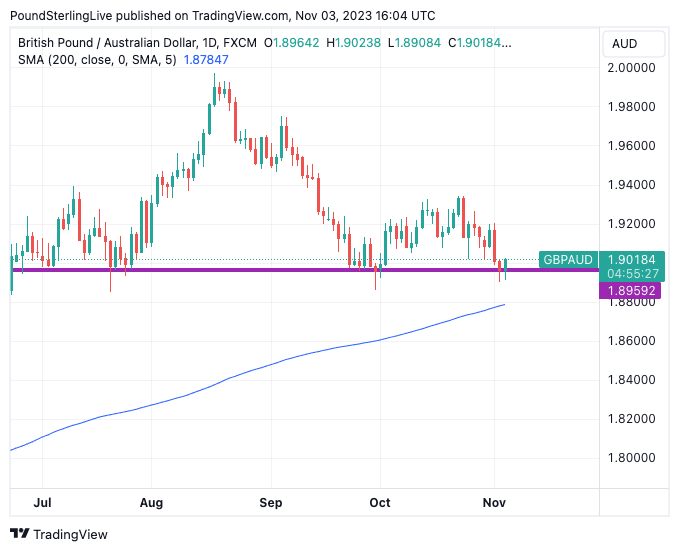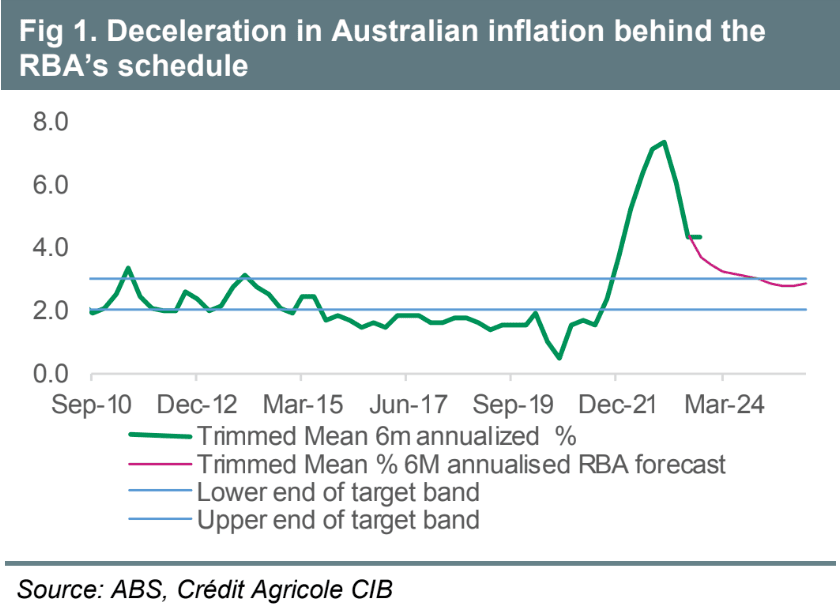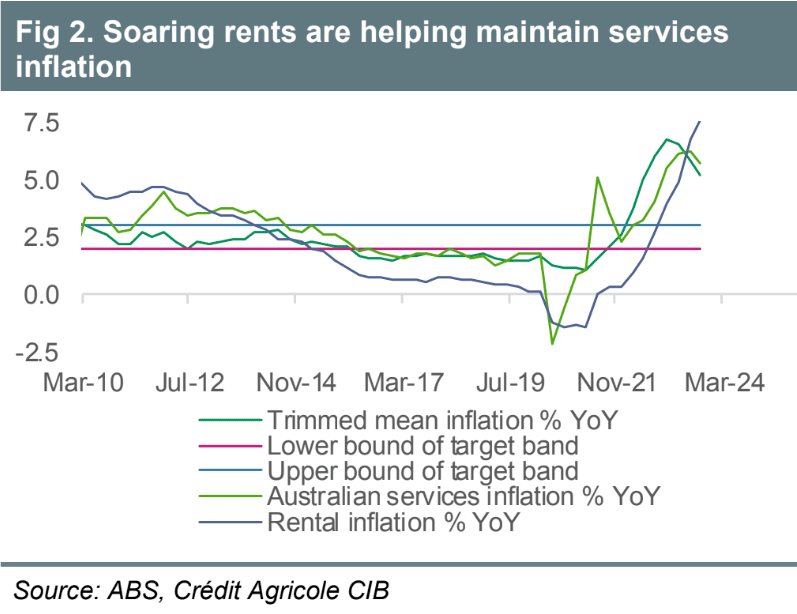GBP/AUD Week Ahead Forecast: RBA Could Bring 1.7540 Into Sight
- Written by: Gary Howes
- GBPAUD remains heavy
- Support at 1.8960 to be tested
- Break should invite test of 1.7540
- Watch RBA decision Tuesday
- UK GDP data Friday
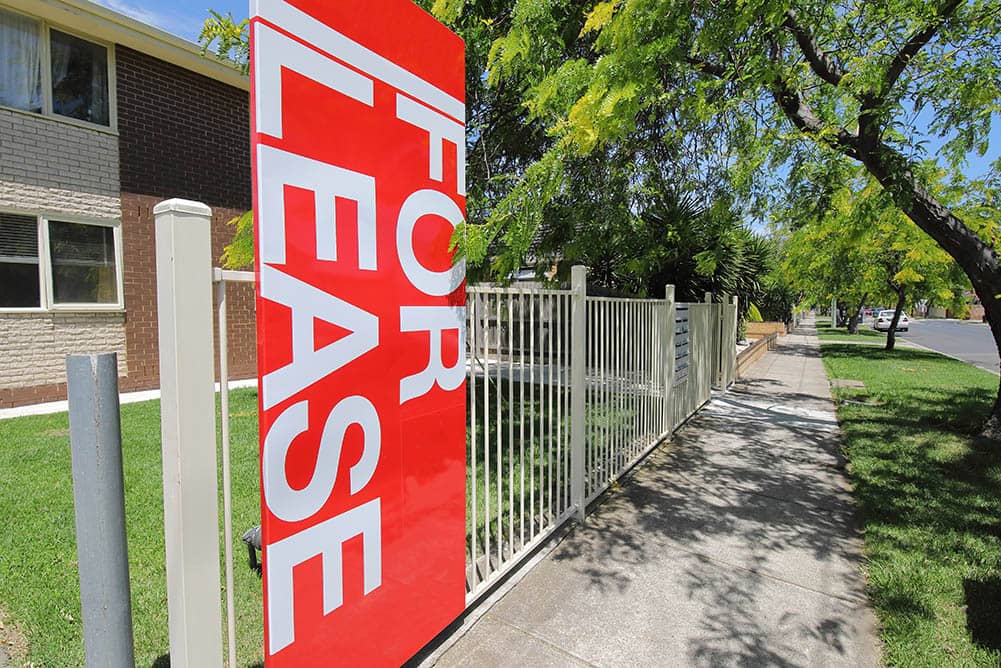
Above: Australia's still-hot property market is contributing to pressure on services inflation, raising the odds of another RBA rate hike this week. Image © Adobe Images
The Pound to Australian Dollar exchange rate retains a soft undertone, ensuring the Tuesday decision at the Reserve Bank of Australia, and a potentially soft UK GDP release, risk triggering a break of a critical support zone.
GBPAUD has fallen for two weeks in succession and is now on the cusp of a support line located at 1.8960, a level the pair has not closed below since June.
Should this level break, the pair would then be on course to test the 200-day moving average, currently located at 1.7540:
Above: GBPAUD shown at daily intervals with two support zones illustrated. Set up a daily rate alert email to track your exchange rate OR set an alert for when your ideal exchange rate is triggered ➡ find out more.
Underpinning a recovery by the Australian Dollar is an improvement in global risk sentiment linked to a view the Federal Reserve has completed its rate hiking cycle and that the next move at the world's most influential central bank will be a rate cut.
This boosts stocks and the global economic growth outlook, which underpins commodity-producing countries such as Australia.
Should stocks rally into year-end, in the tradition of the Santa Rally, then the Aussie looks poised to advance against most peers, including the Pound.
Compare GBP to AUD Exchange Rates
Find out how much you could save on your pound to Australian dollar transfer
Potential saving vs high street banks:
A$48.75
Free • No obligation • Takes 2 minutes
But the near-term break lower in GBPAUD could be triggered on Tuesday should the Reserve Bank of Australia (RBA) interest rate decision land on the hawkish side.
The RBA is expected by the market to raise interest rates to 4.35% from 4.10% in acknowledgement of the robust economy and persistently stubborn inflationary rates.
"The RBA decision should be straightforward. Inflation has surprised the central bank significantly to the upside, the labour market remains tight, house prices are rising and consumption remains relatively resilient. The weak AUD is also adding to imported inflation. So, the RBA should raise its cash rate by 25bp to 4.35%," says a weekly currency note from Crédit Agricole.
However, Australia's central bank has proven to be a hesitant rate hiker, which means it could yet again surprise by leaving rates unchanged.
This would likely prompt Australian Dollar weakness, particularly if the RBA does not offer firm guidance that another hike will be delivered at one of the following two meetings.
"The RBA decision is a credibility test. If it does not hike rates, the RBA will have to sound hawkish enough to convince markets it is likely to hike rates in December. Otherwise, the AUD could take a tumble," warns Crédit Agricole.
But it could well be data out of China that sets the tone for the Aussie Dollar over the coming days, as this currency remains sensitive to global risk sentiment.
Recall last week's rally in stock markets following the Federal Reserve's interest rate decision and the soft U.S. labour market report boosted the Australian Dollar. If the good vibes can continue this week, then further advances are possible.
China is particularly important in this regard, and we will be watching China's trade figures for signs of improvement in the economy. Chinese exports are anticipated to read at -3.1% year-on-year in October, an improvement from -6.2% previously.
Imports are expected at -5.4% y/y in October, up from -6.2%. Should the figures show a better improvement, it will confirm the 'peak China pessimism' moment has indeed passed, which can support sentiment and AUD.
On Thursday at 01:30 GMT is the release of Chinese inflation figures, and the same narrative as above will be in play whereby higher inflation implies improving economic activity.
CPI inflation is expected at 0.2% month-on-month in October and 0% y/y.
Signs of a strengthening Chinese economy can help boost AUD's prospects.
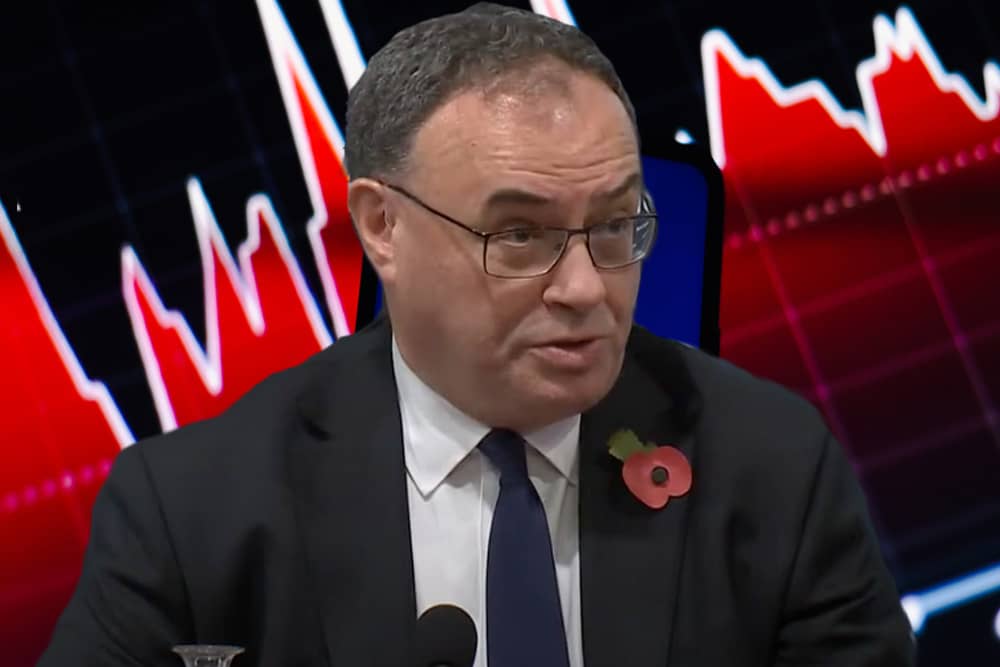
Image © Adobe Images and Pound Sterling Live.
The most important data release of the coming week will be that of UK GDP for the third quarter at 07:00 GMT on Friday.
This will be a crucial piece of information for currency markets - that are fixated on growth differentials - to pass judgment on the Pound.
The UK economy grew 0.2% quarter-on-quarter in the second quarter and 0.6% year-on-year. All signs point to a slowdown from these levels.
But ahead of the GDP release, we have the two heavy hitters at the Bank of England in the form of Governor Andrew Bailey and Chief Economist Huw Pill to look forward to.
Pill speaks on Monday at 17:00 and the market will be looking for him to comment on last week's Bank of England policy decision and guidance update. Pill's most recent speech saw him use the Table Mountain analogy to describe the outlook for UK interest rates, signalling they would remain at 5.25% for an extended period.
"Shifting expectations on interest rates might have been expected to drive sterling lower, but the BoE’s shift to its 'Table Mountain' strategy – a period of levelling off before reducing rates – now appears to be in the price," says Bill McNamara, analyst at The Technical Trader.
On Wednesday at 09:30, Bailey will speak at the Central Bank of Ireland's 'Financial System Conference: achieving good outcomes in an uncertain world'. Bailey will provide the keynote address and follow it up with a 'fireside chat' alongside other panellists.
Therefore, he will likely touch on the UK economy and interest rates at some point in his appearance in Dublin.
Following Thursday's interest rate decision, Bailey said in a media interview he would have to "lean against" market developments following the Bank of England's decision made earlier in the day.
Despite the Bank stating rates would remain at current levels for an extended period, rate cut expectations increased, resulting in the first rate cut being fully priced for September 2024.
This development explains why the Pound struggled to advance in the wake of the Bank of England's decision. However, Bailey's subsequent intervention and pushback were explicit and appeared to stabilise Sterling.
We expect both Pill and Bailey to hammer home this message in their upcoming speeches.
If the market buys it, the Pound can remain supported. If not, then further downside pressures are likely.
Compare GBP to AUD Exchange Rates
Find out how much you could save on your pound to Australian dollar transfer
Potential saving vs high street banks:
A$48.75
Free • No obligation • Takes 2 minutes

